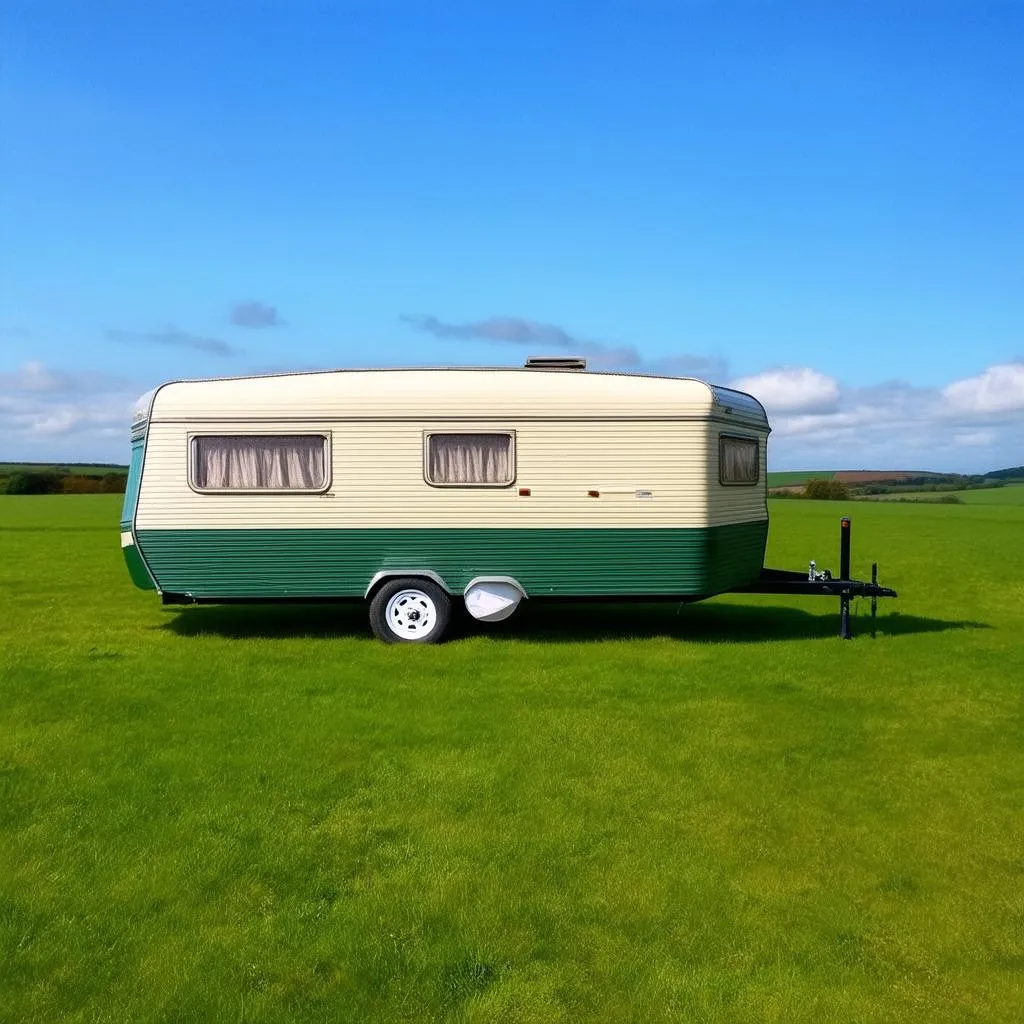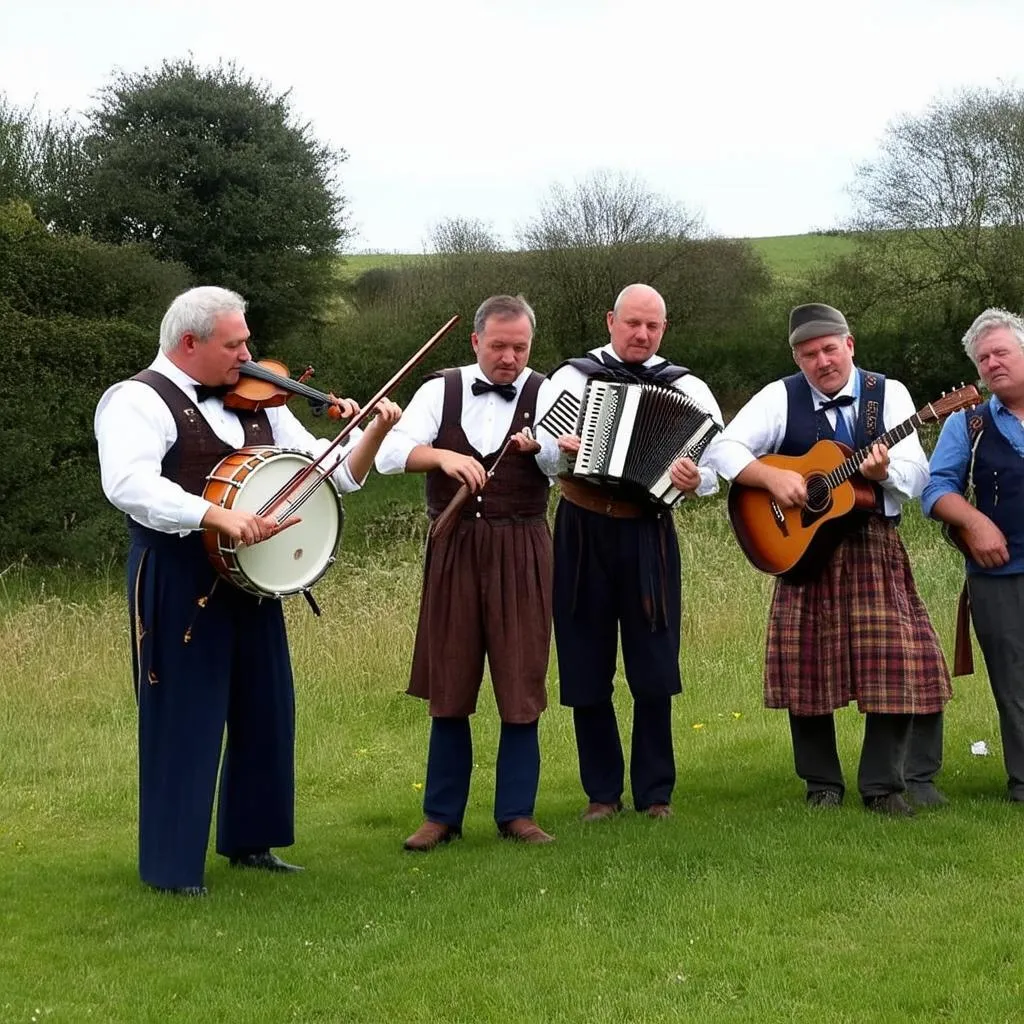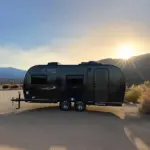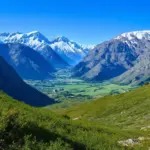Have you ever heard whispers of the “pavee point people” while exploring the Emerald Isle? These are the Irish Travellers, a distinct ethnic group with a rich and often misunderstood history woven into the very fabric of Ireland. They are not merely nomads passing through; they are a people with deep roots, traditions, and a story that deserves to be told.
Unveiling the Irish Traveller Identity
While often confused with Romani Gypsies, Irish Travellers are a distinct group with their own unique heritage and culture. Their origins are shrouded in mystery, with various theories suggesting connections to ancient Gaelic groups or families displaced during times of famine and upheaval.
A Culture on the Move
Traditionally, Irish Travellers lived a nomadic lifestyle, traveling across the Irish countryside, often working as tinsmiths, lace-makers, or horse traders. This nomadic tradition is deeply ingrained in their identity, and while many have settled in recent decades, the call of the open road remains strong for many.
 Irish Travellers Caravan
Irish Travellers Caravan
A Rich Tapestry of Traditions
From their unique language, Shelta, to their vibrant storytelling and music traditions, Irish Travellers possess a rich cultural tapestry. Family ties are paramount, and their close-knit communities provide a strong sense of belonging and identity.
Navigating a Complex History
The story of the Irish Travellers is, unfortunately, not always a happy one. They have faced centuries of prejudice, discrimination, and social exclusion. Denied access to education, healthcare, and equal opportunities, many Travellers have struggled to break free from the cycle of poverty.
A Fight for Recognition
In recent years, there has been a growing movement for recognition and equality for Irish Travellers. In 2017, after decades of campaigning, the Irish government formally recognized them as a distinct ethnic group, a significant step towards ensuring their rights and cultural preservation.
Encountering Irish Traveller Culture Today
Despite the challenges they face, Irish Travellers remain a vibrant and resilient community. Their traditions, like their beautifully crafted horse-drawn wagons, continue to turn heads. Their music, with its soulful melodies and lively jigs, continues to fill the air at traditional gatherings.
 Irish Traveller Music Session
Irish Traveller Music Session
Where to Experience Traveller Culture?
While you might serendipitously encounter Traveller communities in rural areas or during traditional horse fairs, remember to approach with respect and sensitivity. Consider supporting organizations working to promote Traveller heritage and empower their communities.
FAQs About Irish Travellers
Are Irish Travellers the same as Romani Gypsies?
No, they are distinct groups with separate histories and cultural traditions, though both share the experience of being nomadic peoples. You can learn more about the differences in this article: Are Irish Travellers Romanichal Gypsies?
Why do some Irish Travellers travel in wagons?
The wagons, often ornately decorated, are not just a mode of transport but a powerful symbol of their nomadic heritage and cultural identity.
How can I learn more about Irish Traveller culture?
Seek out books, documentaries, and websites created by Traveller communities themselves to gain authentic insights into their rich and complex culture. You can also find some resources on our website, travelcar.edu.vn, dedicated to promoting understanding of diverse cultures.
Embracing Diversity, Enriching Our Understanding
The Irish Travellers, much like the rolling hills and rugged coastline of their homeland, are an integral part of Ireland’s intricate beauty. By learning about their history, respecting their traditions, and advocating for their equality, we enrich our own understanding of the world and contribute to a more inclusive and vibrant society.
If you’re planning a trip to Ireland and wish to delve deeper into the complexities of its cultural landscape, be sure to check out the resources available on TRAVELCAR.edu.vn.

